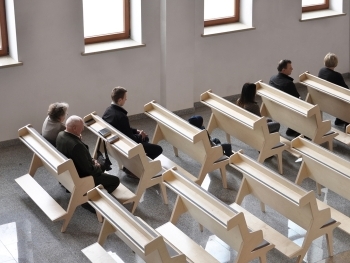The Second Temple of Jerusalem was a Jewish holy temple that stood on the Temple Mount in Jerusalem from 516 BCE until its destruction by the Romans in 70 CE. It replaced the First Temple, which was destroyed by the Babylonians in 586 BCE.
The construction of the Second Temple was authorized by Cyrus the Great of Persia in 538 BCE. It was built by the Jews who returned to Jerusalem from their exile in Babylon, under the leadership of Zerubbabel and Joshua the High Priest. The construction was completed in 516 BCE, and the temple was dedicated to the service of God.
The Second Temple was the center of Jewish religious life and worship for over 500 years. It was a magnificent structure, much larger and grander than the First Temple. The temple complex included the main sanctuary, known as the Holy of Holies, where the Ark of the Covenant was kept, as well as several other courtyards and buildings.
Throughout its history, the Second Temple was the site of many important events in Jewish history. It was the place where the high priest made sacrifices and performed other religious rites, and it was also the site of many important festivals and ceremonies, including the Passover, Shavuot, and Sukkot.
During the Hellenistic period, the Second Temple was renovated and expanded by the Jewish ruler Herod the Great. Herod's renovations included the construction of a large retaining wall around the temple mount, which is known today as the Western Wall or Wailing Wall.
The Second Temple was destroyed by the Romans in 70 CE, during the First Jewish-Roman War. The destruction of the temple was a significant event in Jewish history, and it led to the dispersion of the Jewish people throughout the world. Today, the Temple Mount is home to the Dome of the Rock, a Muslim shrine, and the Al-Aqsa Mosque.
The Second Temple of Jerusalem was not only an important religious site for the Jewish people, but it also played a significant role in the history of the region. Its construction, expansion, and destruction are all important milestones in the story of the Jewish people, and its significance continues to be felt today. The temple remains a symbol of Jewish faith and resilience, and it continues to inspire people around the world.




